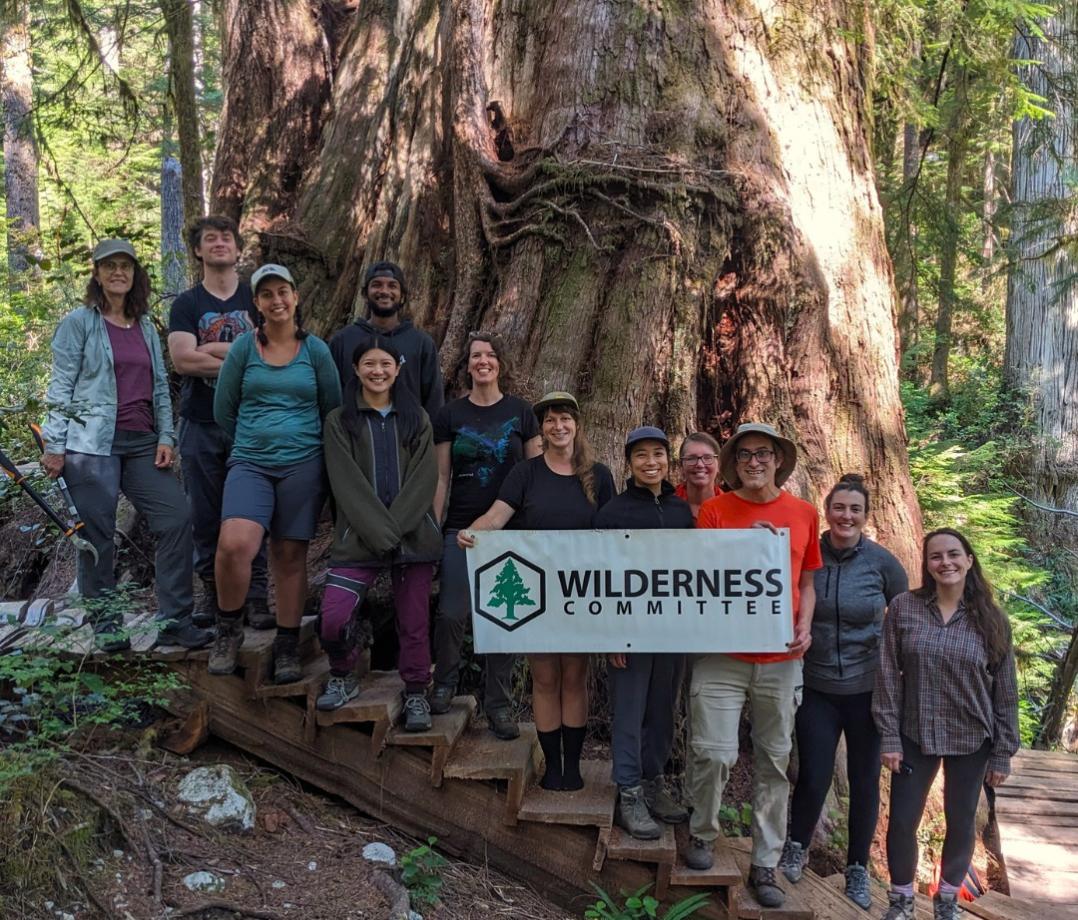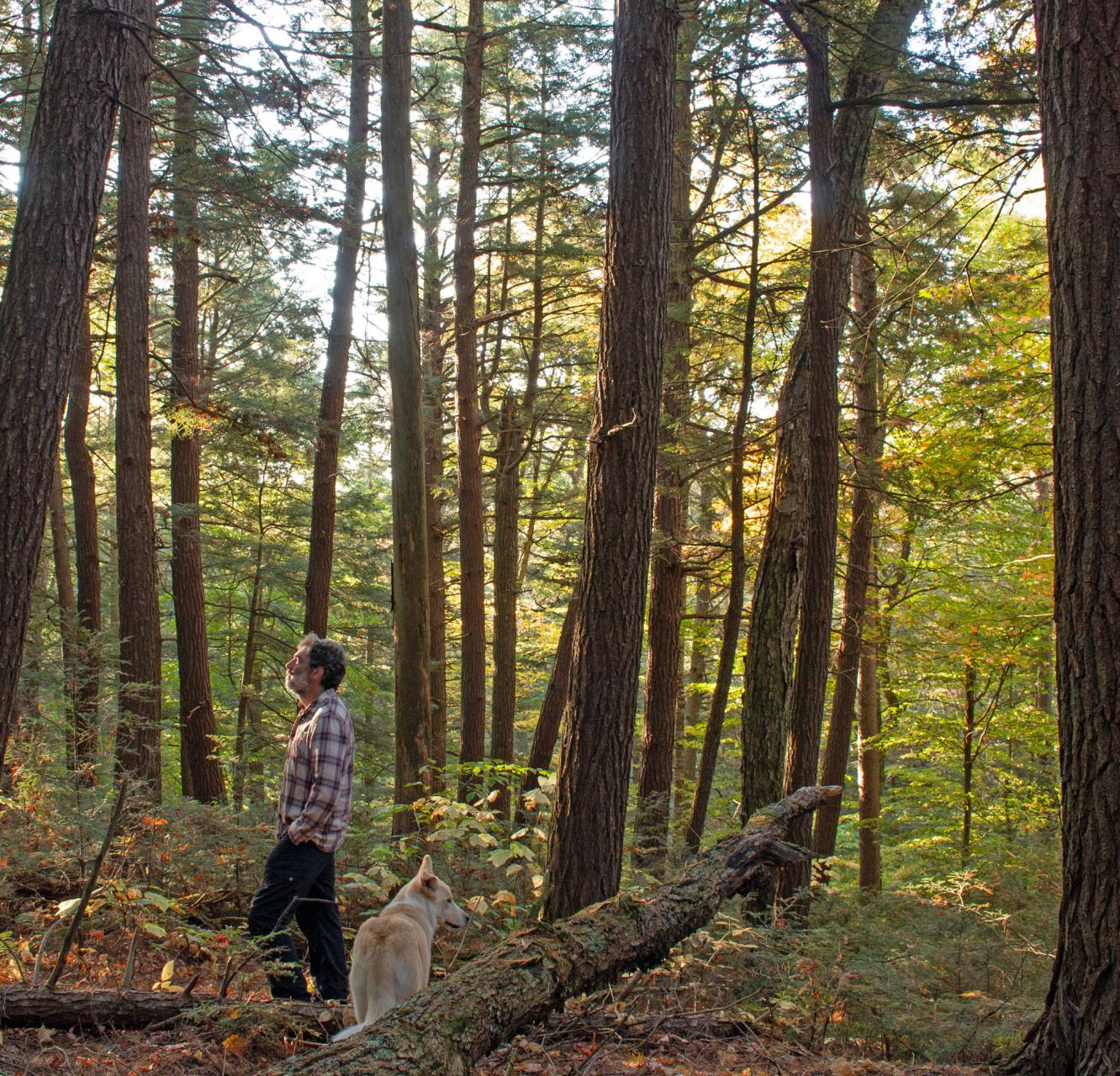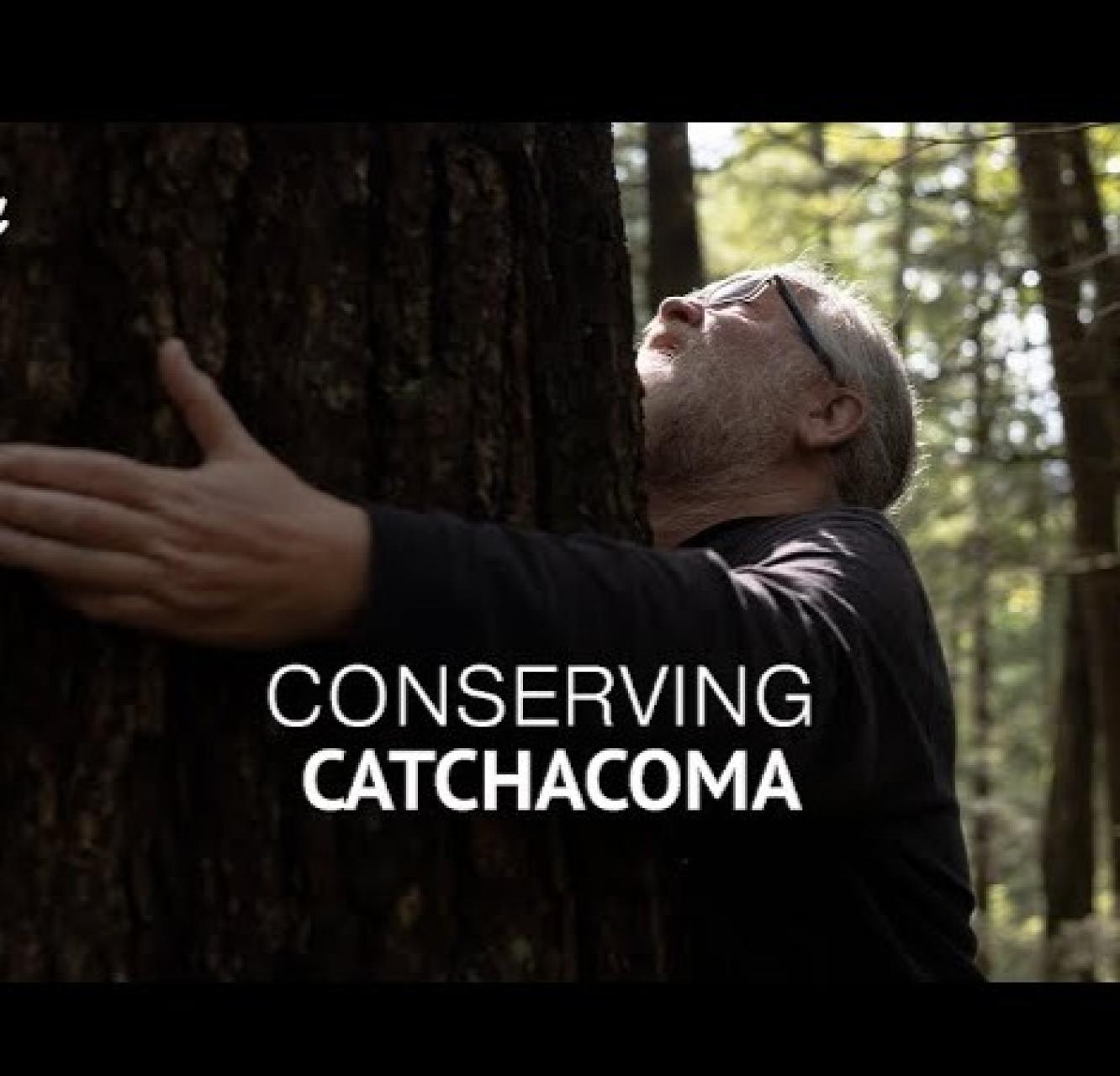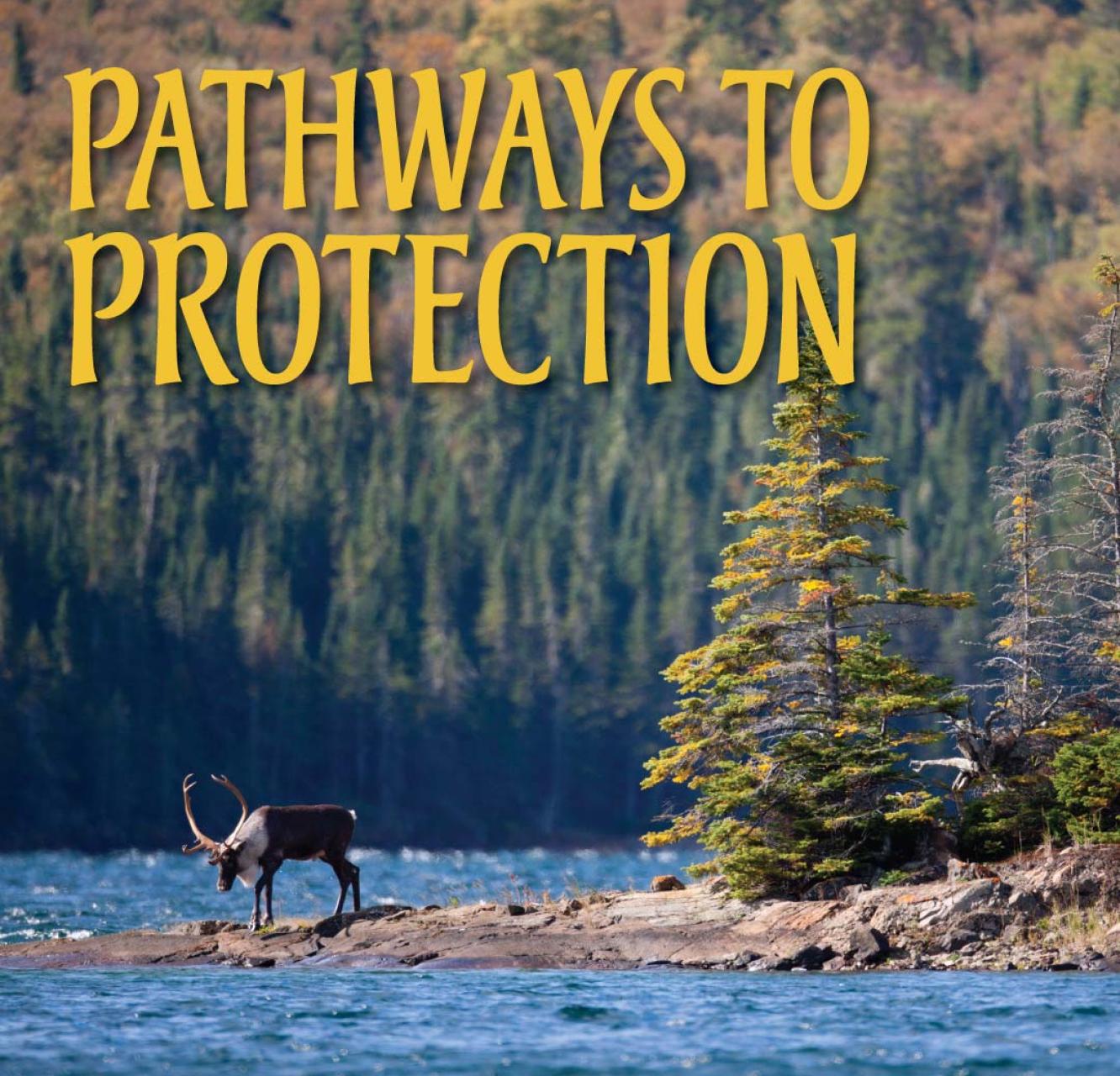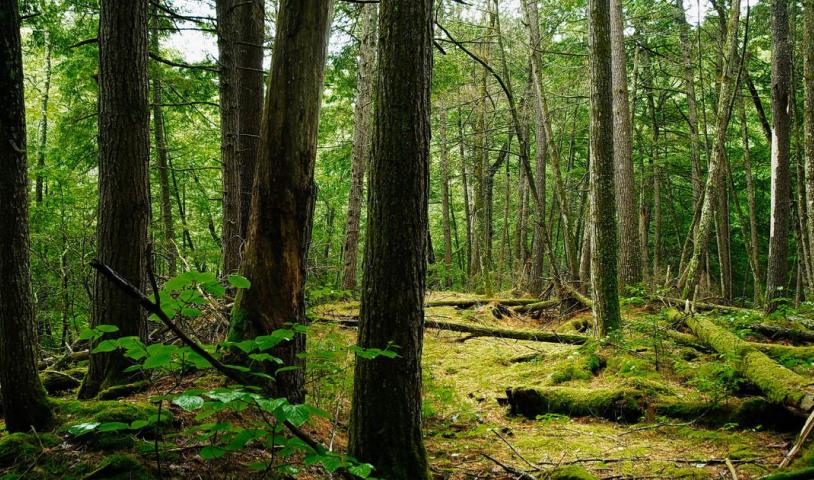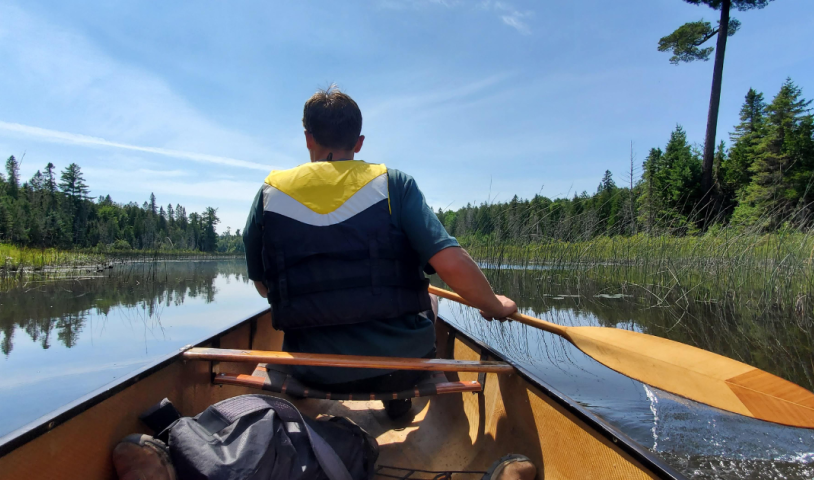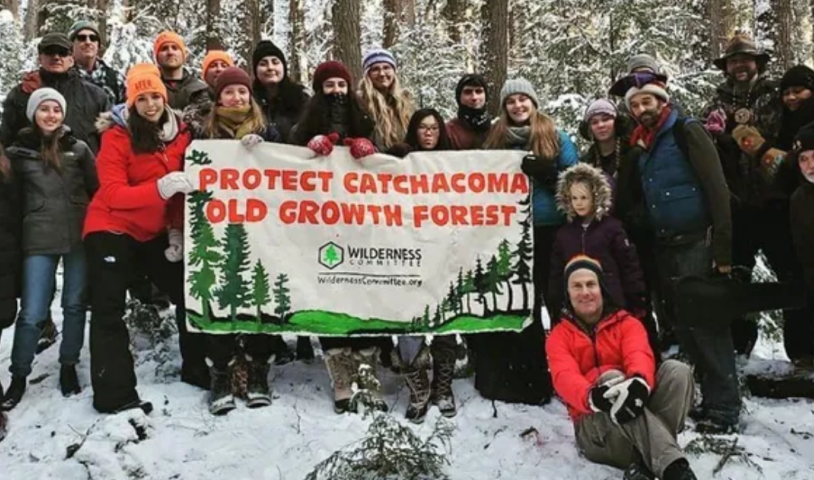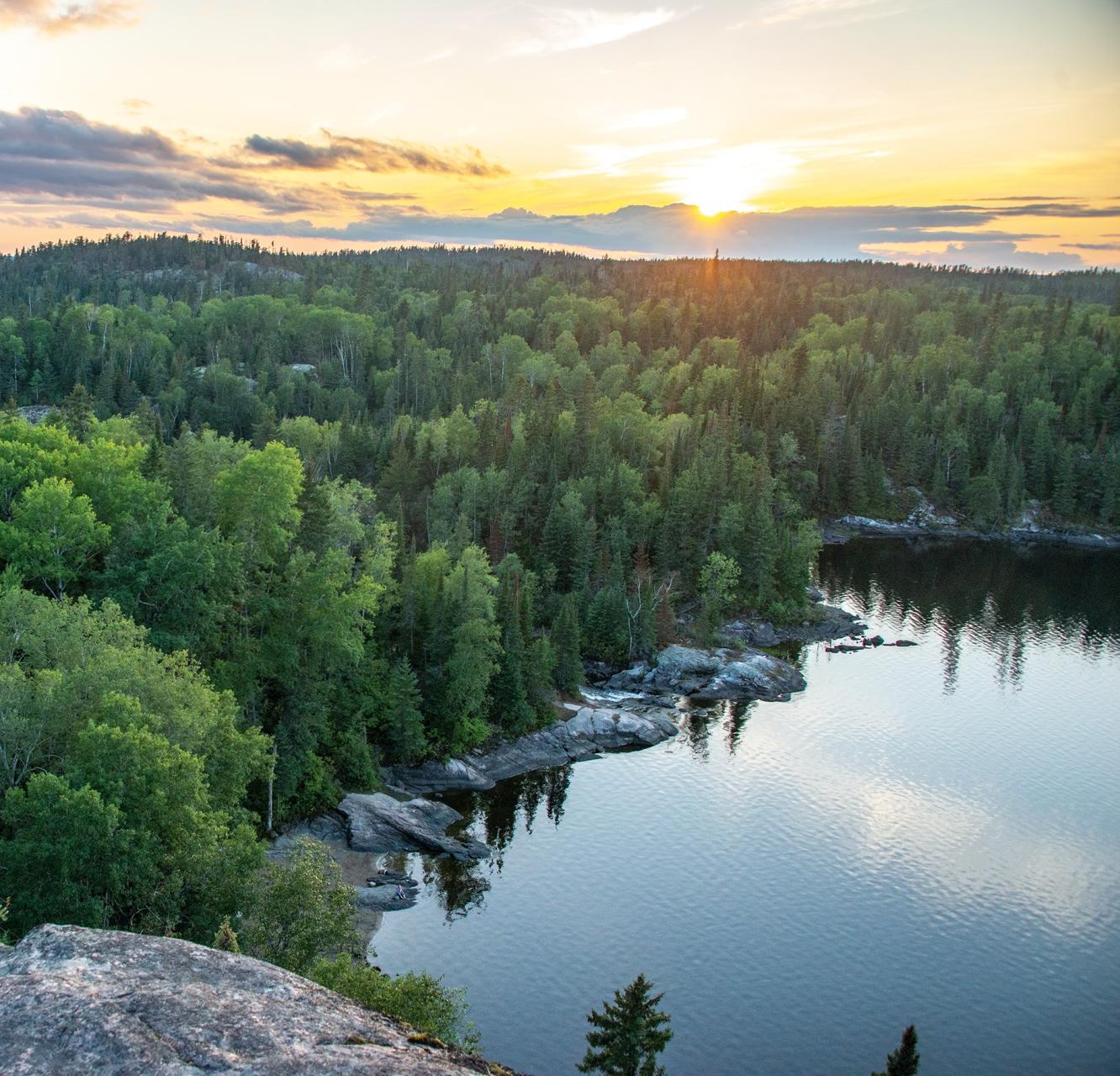Ontario Old‑Growth
Rare ecosystems need protection
Despite over two centuries of intensive forest clearing for colonial settlement, agriculture and logging, old-growth forests can still be found in scattered patches across Canada’s most populous province.
From tracts of intact boreal forest to pockets of towering pines and hardy hemlocks in Temagami and Algonquin, to remnant hardwoods of the deciduous forest and ancient cedars holding on to rock faces of the Niagara Escarpment, these old ecosystems are incredibly diverse. At the same time, they hold immense values for biodiversity, education, carbon storage and cultural heritage. We work to educate the public on the ecological and cultural importance of these remaining mature ecosystems and advocate for their identification and protection.
Take Action
Support protection for Catchacoma old-growth forest
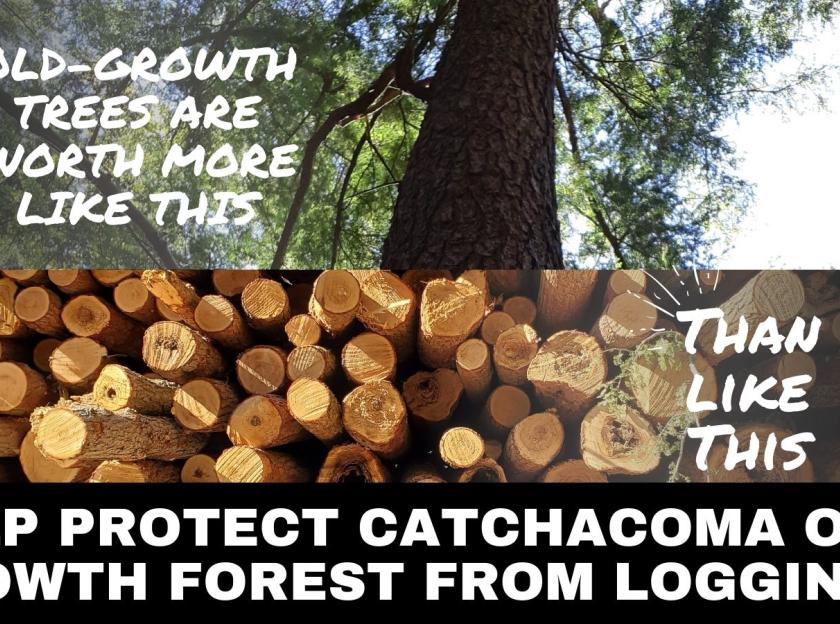
What is old-growth?
Definitions of old-growth forests in Ontario vary depending on the location and forest type. Generally, they are forests that have matured and evolved naturally over time with relatively little human disturbance from activities such as logging, mining, or land clearing for agriculture and development. They are characterized by the presence of old trees, typically over 100 years, depending on the species, as well as complex architecture, soil structures, dead wood at various stages of decomposition and unique micro-climates that support countless species, some of which are dependent on these old-growth features.
Why protect old-growth?
Old-growth forests have many conservation values. Large, mature trees sequester and store more carbon than younger trees, serving as important nature-based climate solutions, as do their rich soils. These forests support unique biodiversity, from boreal caribou to migratory birds, plants, mosses, lichens and fungi. Their rarity alone is a reason to protect them, as they provide essential opportunities to learn about natural processes that can inform our understanding and relationship with forests. They also offer immense recreational, health and cultural benefits for people.
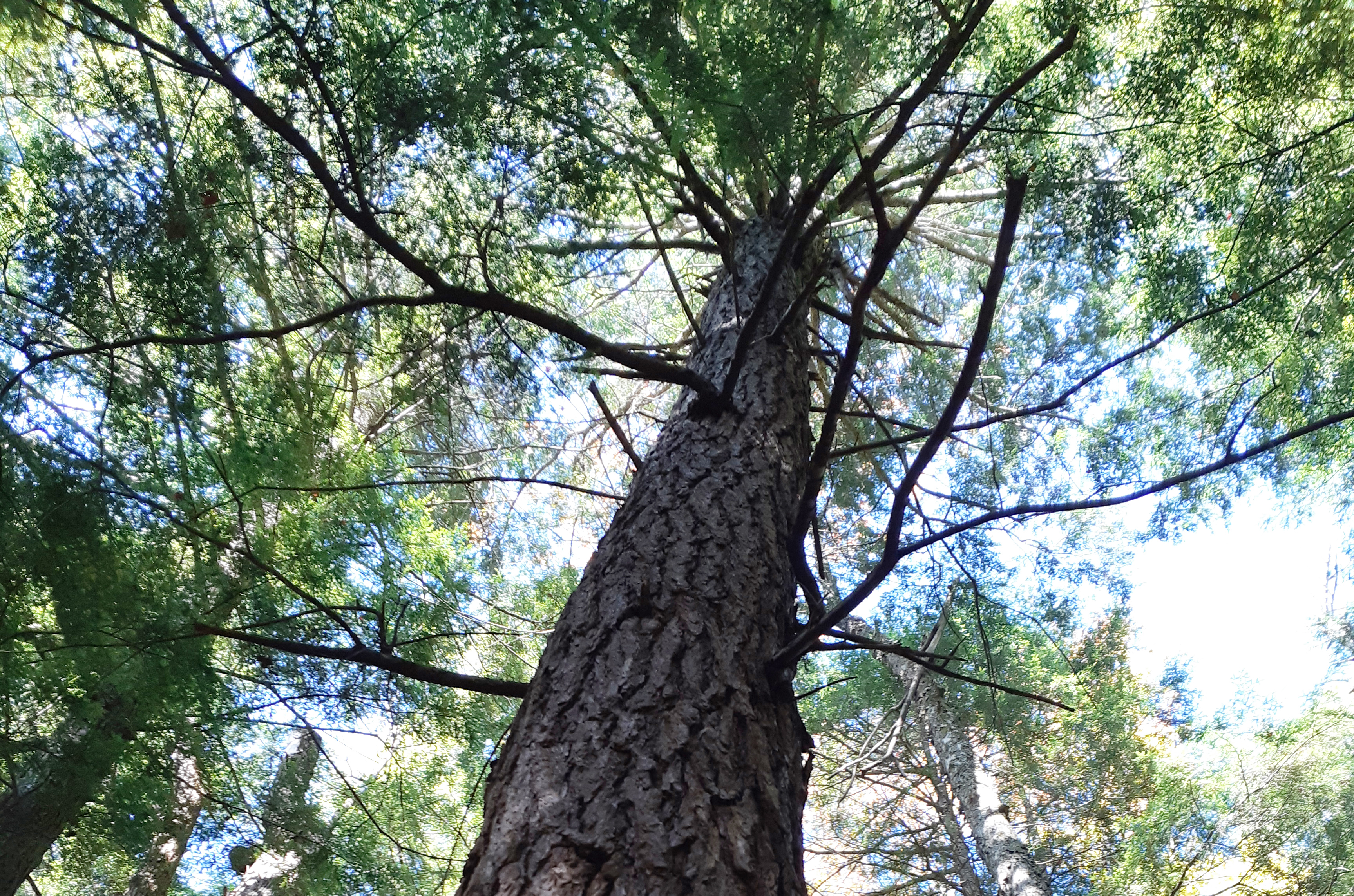
What we’re doing
In 1994, Ontario created an Old Growth Policy Advisory Group to develop definitions for old-growth forests across different regions and forest types. However, they have largely failed to follow through on identifying and protecting these rare ecosystems.
That’s why the Wilderness Committee works with independent researchers to survey remnant mature forests in need of study, appreciation and conservation. We also collaborate with scientific experts, environmental educators, local communities and Indigenous knowledge-holders to grow public awareness, appreciation and advocacy for the protection of these unique ecosystems.
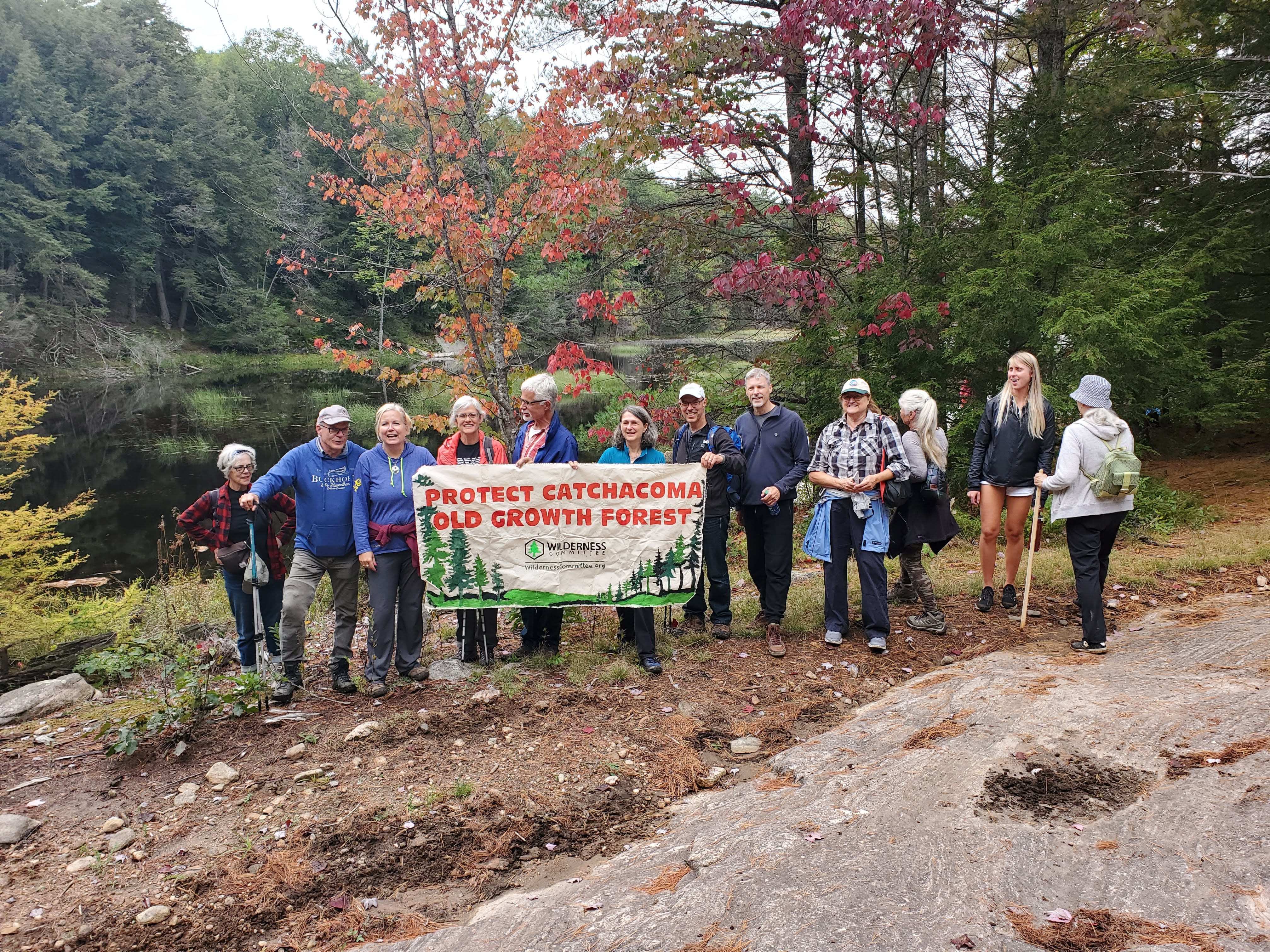
Site fight: Catchacoma Forest
In 2020, we worked with local residents, old-growth experts at Ancient Forest Exploration and Research and environmental educators to establish the Catchacoma Forest Stewardship Committee. This group is dedicated to fighting for protected status for the largest known old-growth eastern hemlock forest in Ontario. We raise awareness by holding public hikes to grow appreciation for this forest and advocate to the provincial Ministry of Natural Resources and Ministry of Environment, Conservation and Parks to recognize and protect its conservation values.
Planned logging in Catchacoma old-growth forest
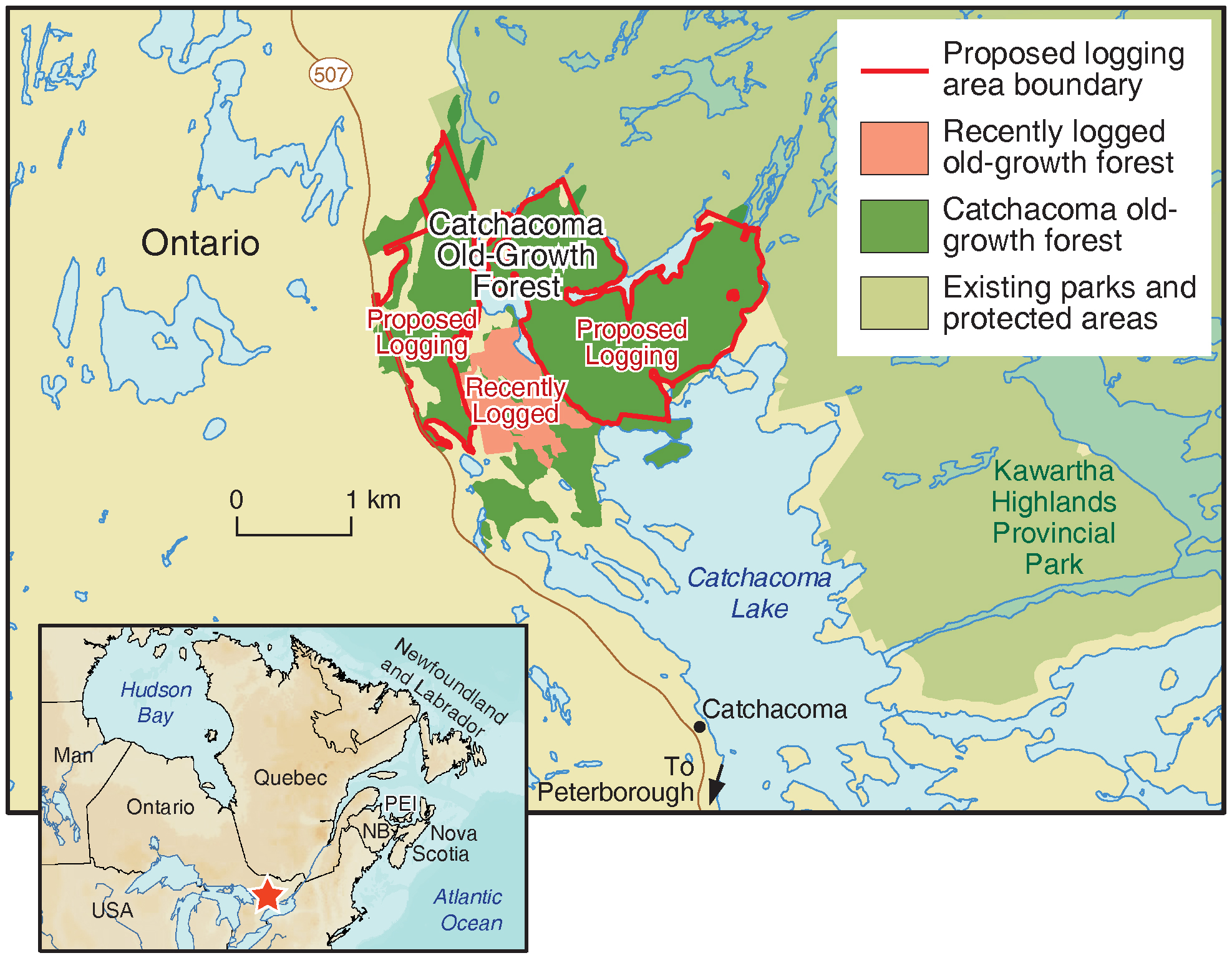
Site fight: Algonquin Old-Growth Project
In Algonquin Provincial Park, 65 per cent of the forest is still open to commercial logging. We work with old-growth ecologist Mike Henry to engage volunteers in surveying old-growth remnant forest stands and use this data to engage the public in calling for the full protection of the oldest provincial park in Ontario.
Algonquin old-growth forest planned for logging 2021-2031
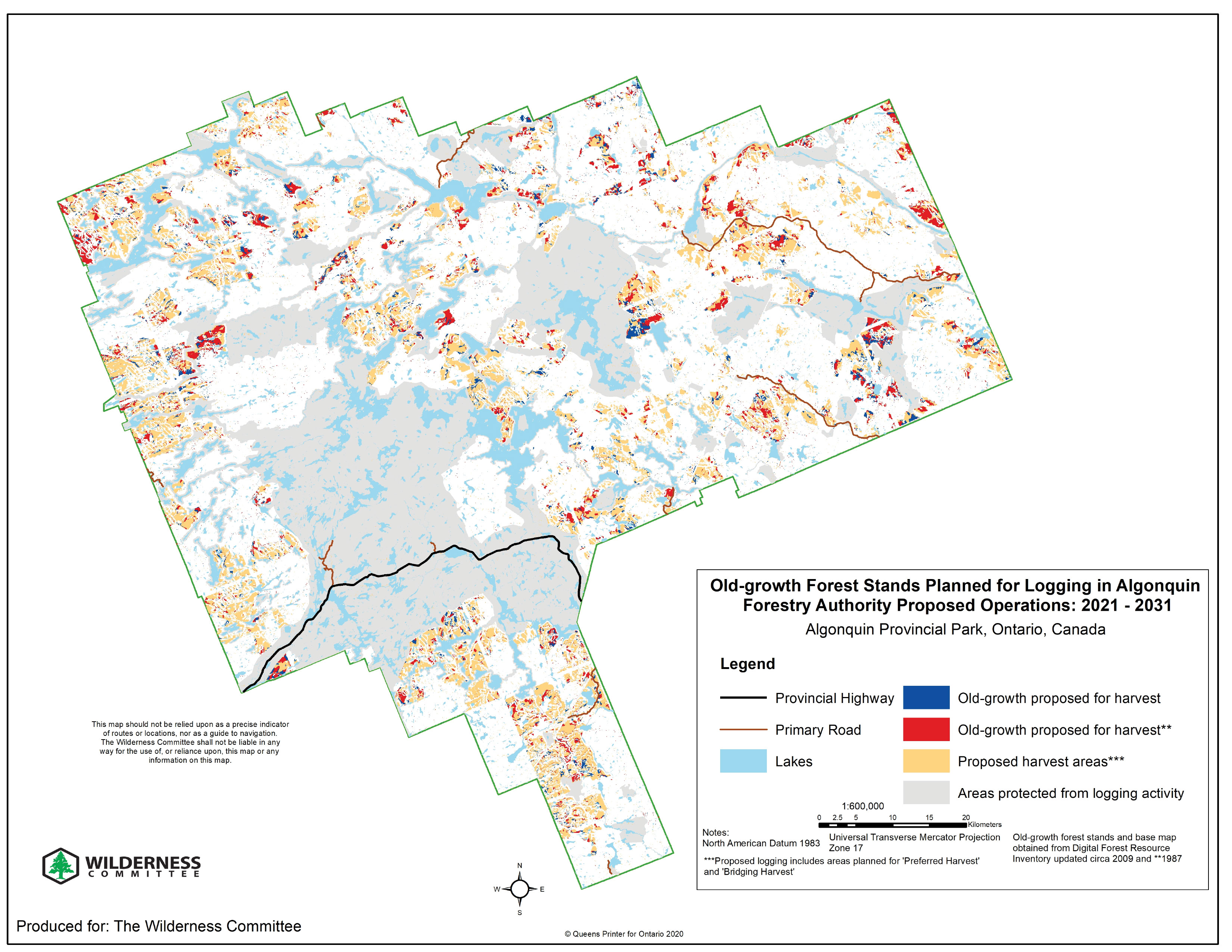
Site fight: Rushbrook and Temagami old-growth trail maintenance
Rare old-growth forests on public land need people-power on the ground to secure the permanent protection they need to escape logging and mining. That’s why, each year, we lead groups into key forests to experience the unique characteristics of mature ecosystems and help maintain established hiking and portage trail routes. We partner with the grassroots group Ontario Old Growth Conservation Volunteers and forest ecologists to organize trail work canoe trips to remnant old-growth forests in the Temagami and Spanish River regions, areas that were recommended for protection decades ago but still remain open to logging. Participants in these excursions form lasting relationships with these lands, strengthening our advocacy efforts to protect these forests.
A strategy to prevent irreversible loss
Ontario desperately needs a strategy to identify and prioritize conservation for the last of the old-growth forests on the route to protecting 30 per cent of lands by 2030. Join us in this advocacy work to ensure the permanent protection of old-growth forests in Ontario.
Conserving Catchacoma: A Documentary Film
After locating the presence of old-growth in the Catchacoma Forest, and determining the value of protecting the ecosystem far outweighed the value of logging it, the Wilderness Committee alongside Ancient Forest Exploration & Research have been working to gain protective status for Catchacoma. This is their story.
Pathways To Protection
The time is now to blaze an ambitious trail forward for biodiversity protection in Ontario. In 2022, at COP 15, countries around the world, including Canada, committed to protecting 30 per cent of lands and waters by 2030 (30x30), in partnership with First Nations. This will require a never-before-seen, all-hands-on-deck effort. Current protected areas in Ontario add up to only 10.7 per cent, which means there is a lot of work to be done. Read on to learn more about the pathways to protection.
Campaign Gallery

Check Out More Updates
Join Us
Don’t miss your chance to make a difference. Receive campaign updates and important actions you can take to protect wildlife, preserve wilderness and fight climate change.
